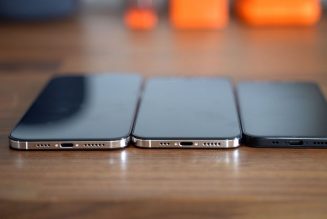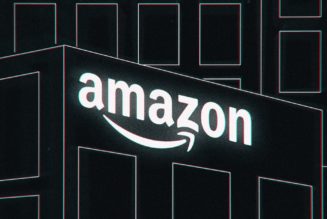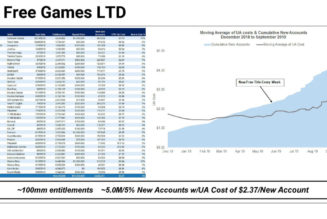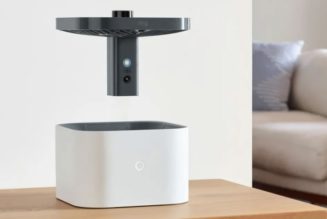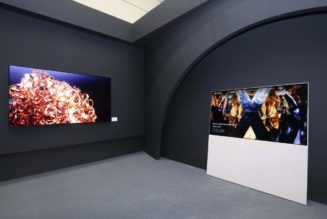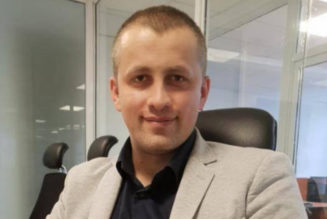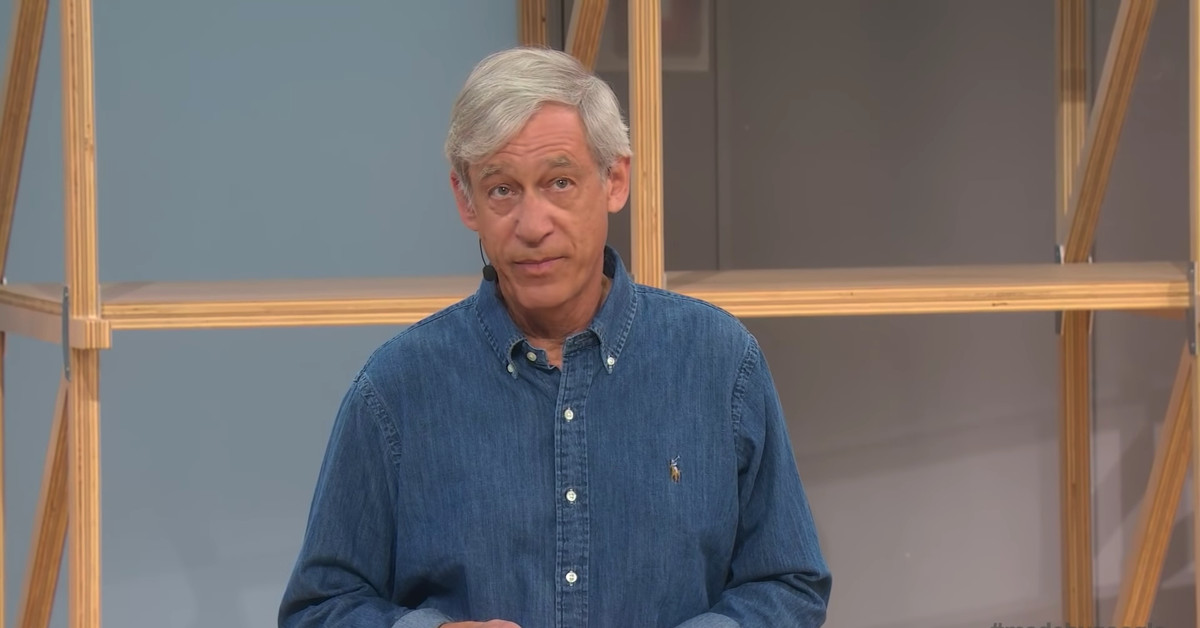
Marc Levoy, the researcher who used software to turn Google’s Pixel camera into a powerhouse, has joined Adobe to build a universal camera app, Adobe announced today.
Levoy headed up the team that developed the impressive computational photography technology used in Google’s Pixel smartphones, including features like Night Sight, Portrait Mode, and HDR+. His work also helped Pixels take great photos without requiring as much hardware as competing phones — the Pixel line famously only needed a single camera to stay competitive with Apple’s iPhones, until a desire for sharper zoom images pushed Google to add a second, telephoto lens with last year’s Pixel 4. (The first iPhone with a second lens, the iPhone 7 Plus, came out in 2016.)
At Adobe, it sounds like Levoy could be planning to make a great camera not just for Pixel users, but for anyone with a smartphone. Levoy will be working on computational photography initiatives across Adobe, and intriguingly, his efforts will be “centered on the concept of a universal camera app,” the company said in an email. That said, Adobe wasn’t immediately able to define “universal camera app” for us — we’ve also heard that phrase refer to an app platform that companies like Facebook and Snapchat could use to produce their own camera apps or an app that could work across, say, a cameraphone and a larger camera like a DSLR. We’re hoping to narrow that down.
Adobe already offers a camera app in Photoshop Camera, and there’s one built into the Adobe Lightroom app, too, but perhaps Adobe has a grander vision for its camera apps. And Adobe said in an email that Levoy will also be working with the Photoshop Camera, Adobe Research, and Sensei AI teams, so maybe Photoshop Camera will be the focus for these bigger efforts. Levoy will report to Adobe CTO Abhay Parasnis, and he starts today.
Levoy left Google in March after nearly six years at the company. Before he joined Google full time, Levoy worked on the camera in the $1,500 Google Glass Explorer Edition as visiting faculty at Google’s former Moonshot division, Google X, and he launched a Google-funded research project at Stanford in 2002 that eventually became Street View in Google Maps. Levoy is also a computer graphics researcher at Stanford, and he helped get the world interested in light field photography with some of his writing there.
Correction: The first iPhone with a second camera lens was the iPhone 7 Plus, not the iPhone X, like we said originally. We regret the error.

